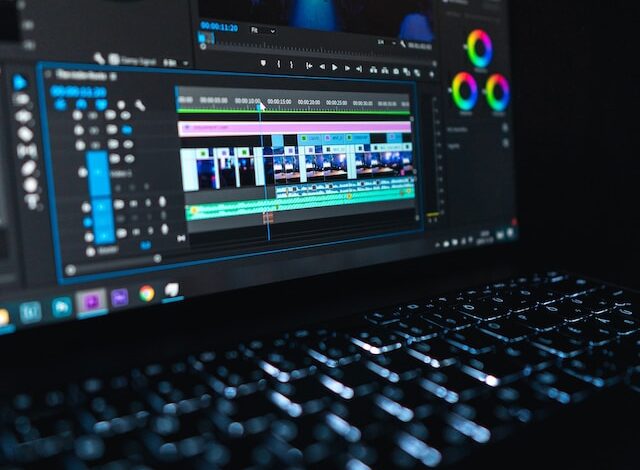How 3D Printing Empowers Everyone to Become a Creator

Introduction
In an era where technology continually reshapes our lives, 3D printing has emerged as a groundbreaking innovation that empowers individuals to unleash their creativity like never before. This article explores the transformative potential of 3D printing, from its origins and applications to the ways it democratizes creativity and fosters innovation.
The Birth of 3D Printing
The story of 3D printing begins with Chuck Hull, who introduced the world to stereolithography in the 1980s. This revolutionary technology allowed for the creation of three-dimensional objects from digital designs. Today, 3D printing encompasses various methods, including Fused Deposition Modeling (FDM) and Selective Laser Sintering (SLS).
Advancements in Materials
One of the key drivers behind 3D printing’s popularity is the wide range of materials available. Initially, plastic was the primary material, but now we can print using metals, ceramics, and even food. This versatility has opened up new possibilities in industries like aerospace, healthcare, and fashion.
The DIY Revolution
3D printing has ushered in a DIY revolution, where anyone with access to a 3D printer can design and create their own products. Online communities and open-source platforms like Thingiverse provide a platform for sharing designs, fostering collaboration, and sparking innovation.
Customization and Personalization
One of the most exciting aspects of 3D printing is the ability to customize and personalize products. Whether it’s designing unique jewelry, creating custom prosthetics, or printing personalized phone cases, 3D printing allows individuals to tailor products to their specific needs and preferences.
Education and Skill Development
3D printing has become a valuable tool in education. Students can learn about design, engineering, and problem-solving by creating physical objects. This hands-on approach not only enhances learning but also prepares the next generation for careers in STEM fields.
Empowering Entrepreneurs
Entrepreneurs and small businesses are leveraging 3D printing to prototype and manufacture products cost-effectively. This technology reduces the barriers to entry, enabling startups to bring innovative ideas to market without the need for extensive capital.
Sustainability and Reduced Waste
3D printing promotes sustainability by reducing material waste. Traditional manufacturing methods often produce excess waste, but 3D printing generates only the material needed for the object, minimizing environmental impact.
Healthcare Innovations
The healthcare industry has seen remarkable innovations thanks to 3D printing. From patient-specific implants to prosthetic limbs, this technology has improved the quality of life for many individuals. It has also enabled the rapid production of medical supplies during emergencies, such as the COVID-19 pandemic.
Art and Design
Artists and designers are pushing the boundaries of creativity with 3D printing. Intricate sculptures, avant-garde fashion, and architectural marvels are being brought to life through this technology, blurring the lines between art and engineering.
Challenges and Future Prospects
While 3D printing offers immense potential, it also faces challenges such as intellectual property concerns, quality control, and ethical considerations. However, ongoing research and development promise to address these issues, opening up even more possibilities for the future.
Conclusion
In conclusion, 3D printing has transformed the way we approach creativity and innovation. It has democratized the power to create, enabling individuals from all walks of life to turn their ideas into tangible reality. As the technology continues to evolve, we can expect even more remarkable advancements that will shape our world in unprecedented ways.




